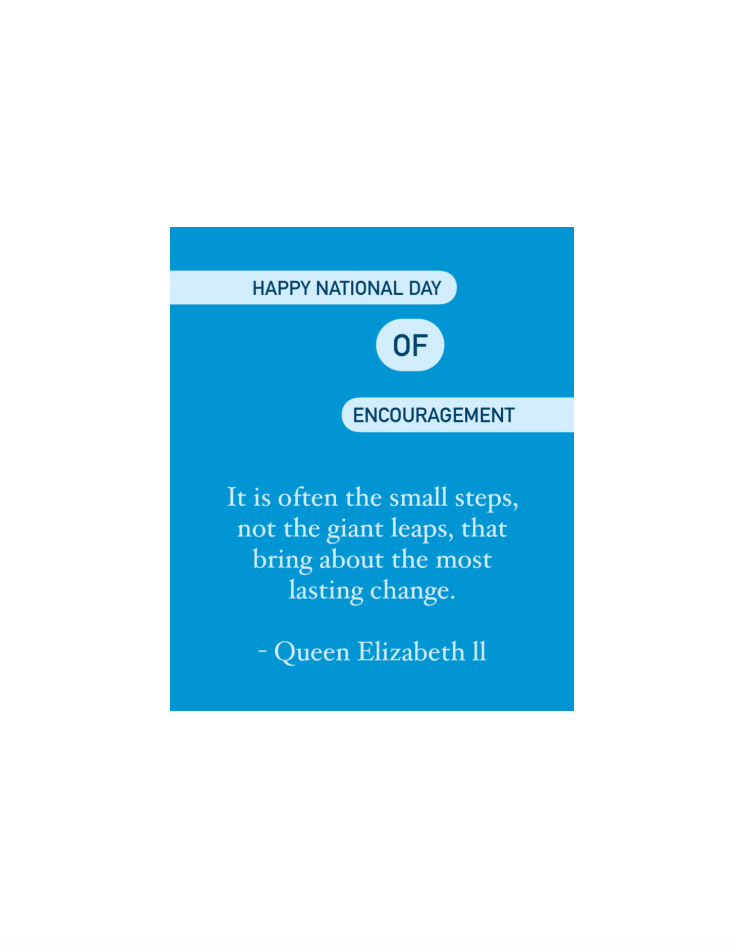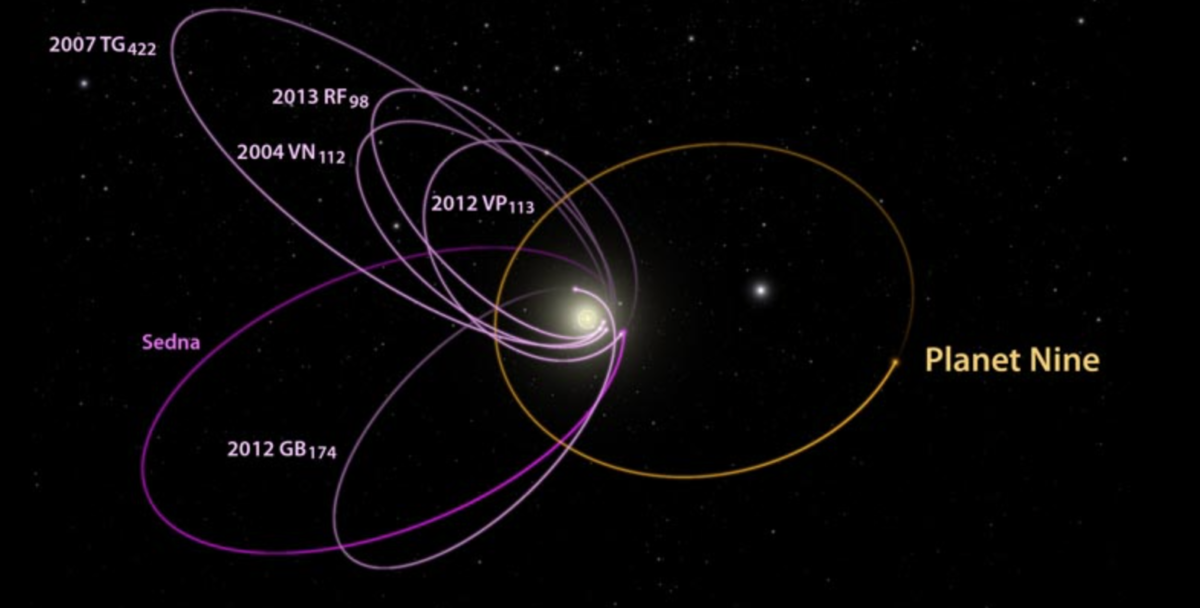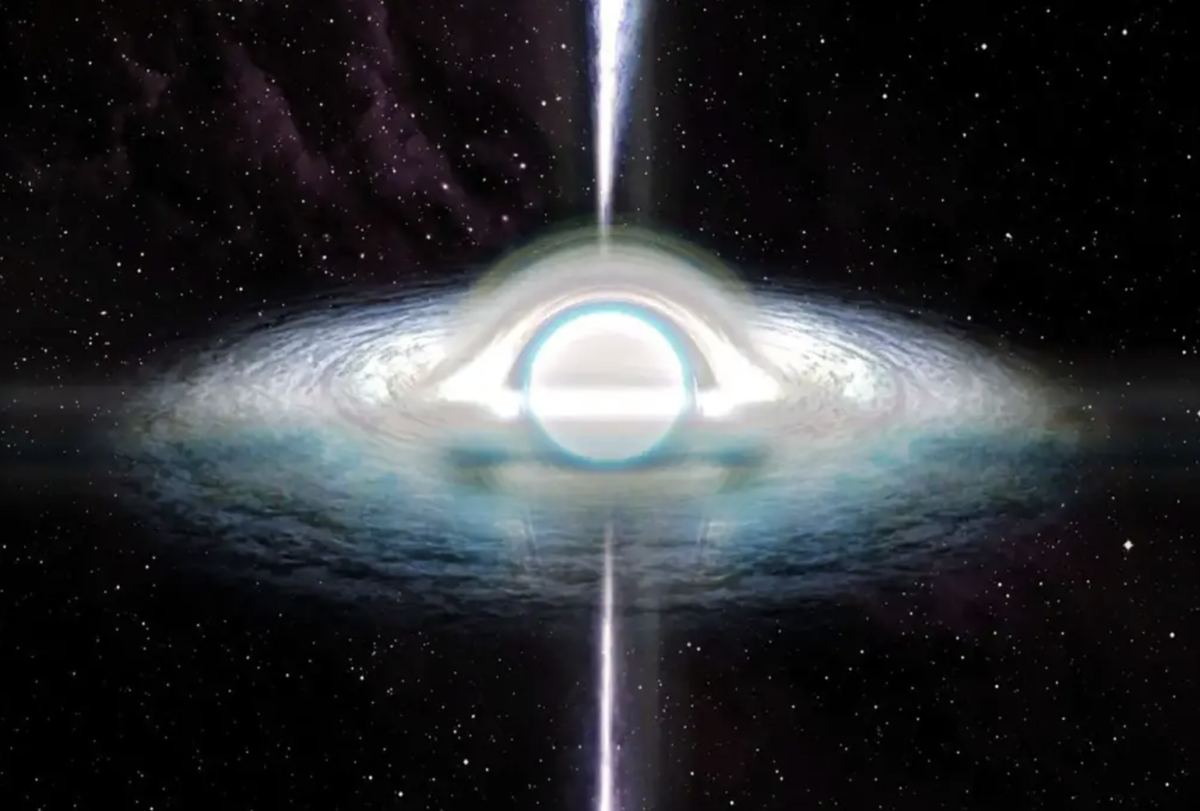Ever since we were young and memorizing the planets in school, it has always been just Mercury, Venus, Earth, Mars, Jupiter, Saturn, Uranus, and Neptune. The possibility of a “ninth planet” has been far out of everyone’s minds, and what would that planet even look like? Where would it be located? Would it sustain life? How has it not been seen before? These questions racked the brains of ambitious scientists. After Pluto, it was simply assumed that Neptune is the caboose of the solar system train. However, Planet X might be out there, and we are closer to discovering it than we previously thought.
On January 15th, renowned astronomers from the California Institute of Technology revealed information about enigmatic orbits that hints toward the hypothetical Planet X — or Planet Nine — as a possible addition to our solar system. There is a peculiar orbital pattern affecting the behavior of planetary bodies in the Kuiper Belt, and a ninth planet offers a solution to this gravitational anomaly. This realization prompted astronomers to continue the search for a larger celestial body in the outer reaches of the solar system, which could be responsible for the observed gravitational deviations. Despite numerous searches and advancements in observational technology, only mathematical evidence points toward Planet X, but nothing direct.
Computer simulations play a crucial role in testing the feasibility of Planet X. Astronomers can input various parameters, such as the mass and orbit of the hypothetical planet, and observe whether the resulting gravitational effects match the observed behavior of Kuiper Belt objects. Some computer models have indeed shown that the presence of a distant planet could explain the clustering of orbital angles and irregularities seen in the Kuiper Belt. Moreover, recent observations of distant Kuiper Belt objects have indicated that their orbits appear to be aligned, suggesting the presence of a more prominent gravitational influencer. This alignment, which would be difficult to achieve through interactions with the known planets alone, adds a new layer of intrigue to the Planet X hypothesis.
While, for now, scientists are only able to conduct experiments on this planet remotely from a computer, modern spacecraft technologies are aiding in the development of space exploration. Currently, the probe titled Voyager 1 has traveled the farthest in history, reaching interstellar travel and proving that distant surveys are possible. However, on Earth, telescopes are the next step in the search for Planet X. Physical examinations are not yet attainable with the technology on hand, but telescopic observations might be able to show signs of the planet’s existence. Mike Brown, one of the Caltech astronomers to suggest Planet X, plans to be working on the telescopes that will track it. “I would love to find it,” says Brown in a NASA interview. “But I’d also be perfectly happy if someone else found it… We hope that other people are going to get inspired and start searching.”
Whether the answer truly lies in a mysterious ninth planet or instead just complex gravitational abnormalities, this story of absurd possibilities serves as a testament to the neverending nature of science and the ever-increasing need for bright minds to contribute to the hunt for the truth. There may be a Planet X, and it could even be inhabitable. Science only progresses when humanity dares to pursue it.











































